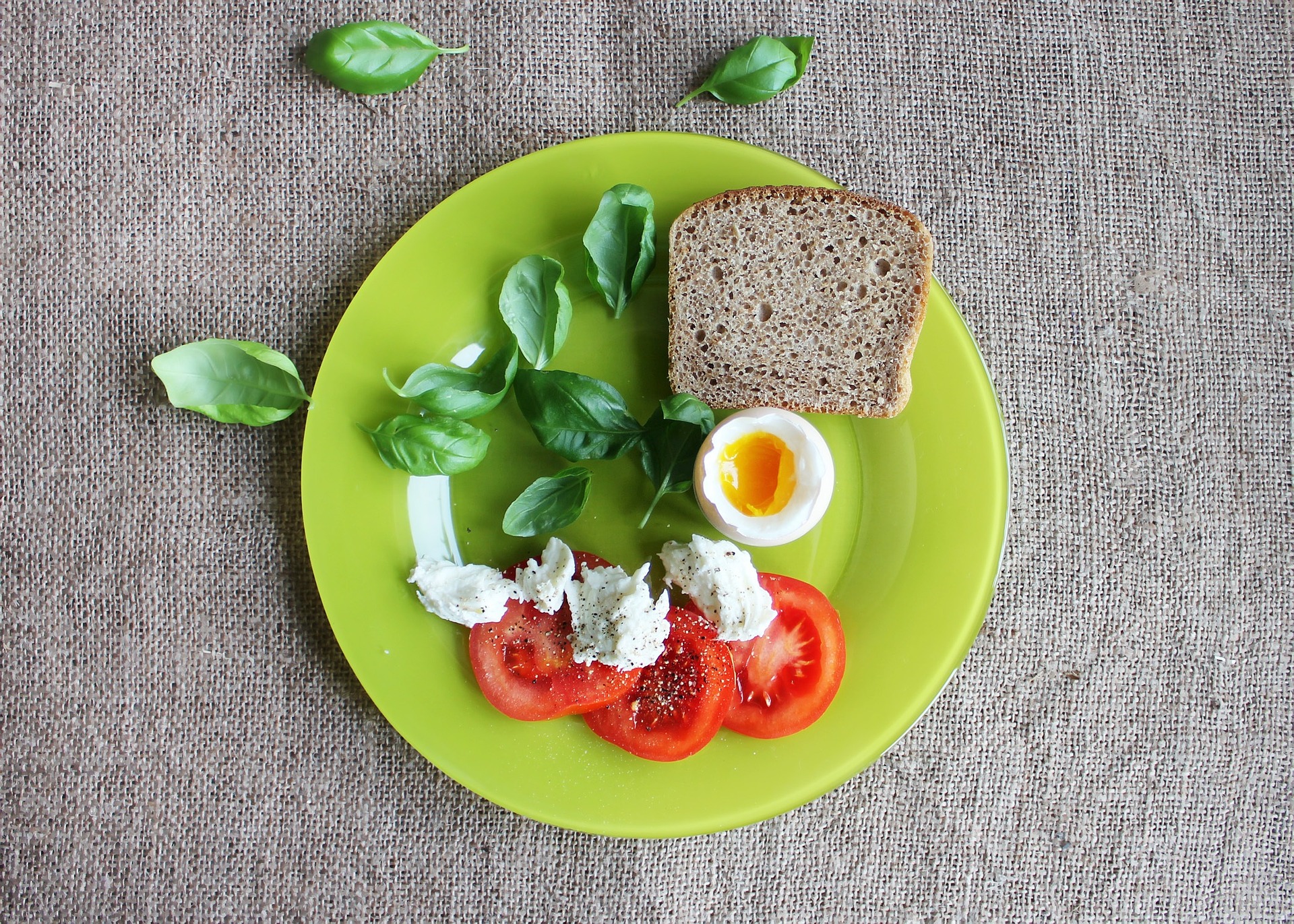Although fasting is as old as humanity, numerous myths still surround ascetic renunciation.
Since the beginning of Lent on Ash Wednesday – February 22, 2023, many people have started to fast until Good Saturday- April 8, 2023. Many people want to do without meat, alcohol or sweets. While with some, a religious conviction is behind it; others want to lose weight. But is fasting suitable at all for losing weight? Check out these and other theories.
“Fasting means not eating anything.“
Fasting is often associated with abstaining from solid food. Therapeutic fasting involves eating only liquids such as water, tea or broth. However, this is only one fasting method. Intermittent fasting, on the other hand, also involves eating – at certain intervals. Another possibility to chamfer is doing without stimulants such as alcohol or nicotine. Meanwhile, the chamfering trend reached other areas of life. Forty days without consumption or cell phone fall, many finally just as heavily as without meals to get along.
“Fasting purges the body. “
According to scientific studies, this assumption is wrong. Allegedly, people absorb pollutants that the body cannot completely break down. These substances would settle as “slags” in organs – so the theory. But the truth is different: “A healthy human body can ‘cleanse’ itself by eliminating unwanted substances via the liver, kidneys, intestines, skin and respiration,” writes the German Nutrition Society.
“Fasting makes you lose weight.“
A fasting cure is not primarily intended to lose weight but to do something good for your health. Those who take only water, tea and broth to themselves during the entire chamfering time can lose up to 300 grams of body weight daily. But unfortunately, only a small part of it is fat. In addition, the basic energy requirement is lowered by the reduced food intake. This favours the yo-yo effect after the fasting period. Nevertheless, it can be a good start to change its nutrition durably. Combined with sport, the kilos will fall off in the long term.
“If you fast, you have to do without sport.”
Speaking of sports: fasting does not exclude exercising in principle. How intense the workout is may depend on the chosen fasting method. Who makes Intervallfasten receives sufficient energy from the meals and does not need its training plan to adapt. However, those who eat only liquid food should switch to gentler sports such as swimming or cycling. It is important not to overdo it and to listen to your body.
“Fasting breaks down muscle mass.“
By the way, athletes need not fear for their laboriously built muscle mass. Before the body tries to draw energy from the muscle tissue, it draws on the glycogen stores and fat reserves. Only when these are depleted does it help muscle protein. According to the study, this danger does not exist with short-term fasting.
“Fasting causes a nutrient deficiency.“
There is also all-clear about a potential lack of vitamins and minerals during the chamfering time. As the medical society Heilfasten & Ernährung writes, the human body’s metabolism “has very good strategies to bridge deficiency states.” Who would like to go on number safe, a large blood picture including vital material status lets make and balance possible lack with a nourishing conversion or auxiliary means. Subsequently, nothing more stands in the way of a chamfering cure.
“Fasting makes bad mood.”
Quite the opposite! The brain and metabolism adjust to the little food as soon as the body gets used to the new situation after the first few days. Serotonin production ramps up. If the food withdrawal lasts a few days, the happiness hormone also remains longer in the blood and positively affects mood. Another effect: the altered serotonin level inhibits the production of inflammatory messenger substances. For example, those who suffer from rheumatism can somewhat alleviate their symptoms by fasting regularly.
“After fasting, you’re allowed to really hit it.”
Doner kebab, pizza or burgers: some want to reward themselves with hearty meals after fasting. But caution! After a long fasting cure, you should approach it slowly. The stomach and the intestine must become accustomed to the rich food. Those who eat immediately again normally risk nausea and vomiting. Vitamin-rich foods such as soups, cooked vegetables or oatmeal are better choices. It is recommended to plan a third of the fasting period to return to the usual diet.
- source: k.at/picture: pixabay.com
This post has already been read 2255 times!



